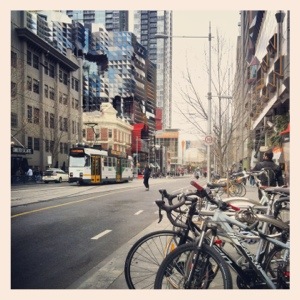“The Internet is the technological basis for the organizational form of the Information Age: the network.”
This quote comes from Manual Castells (again, sorry I must be obsessed!) who with his network theory believe in technological determinism – the discussed phenomenon from the ‘unlectures’. Castells arguments are that the way we organise as people in social public networks is only possible because of the way technologies has evolved. Before networks were hierarchically controlled whereas the technologies of today allow individuals to have more power in larger networks. The whole theory about power in networks I already wrote about, so feel free to read that one also. OK back on track… So Castells also argues that no one can not not get influenced by the digital media today and that is because the technologies in our societies are the ones that set the frames around our social behavior. At least according to Castells. Niels Ole Finnemann critisises Castells. Finnemann argues that the Internet is the way it is because there is a demand in society. What he is trying to say is that the Internet does not define our society today, we define the Internet and its attributes.
It might be slightly off topic but underneath is a very good Ted Talk about how Kevin Kelly thinks technology will evolve and what technologies actually mean in our everyday lives:



